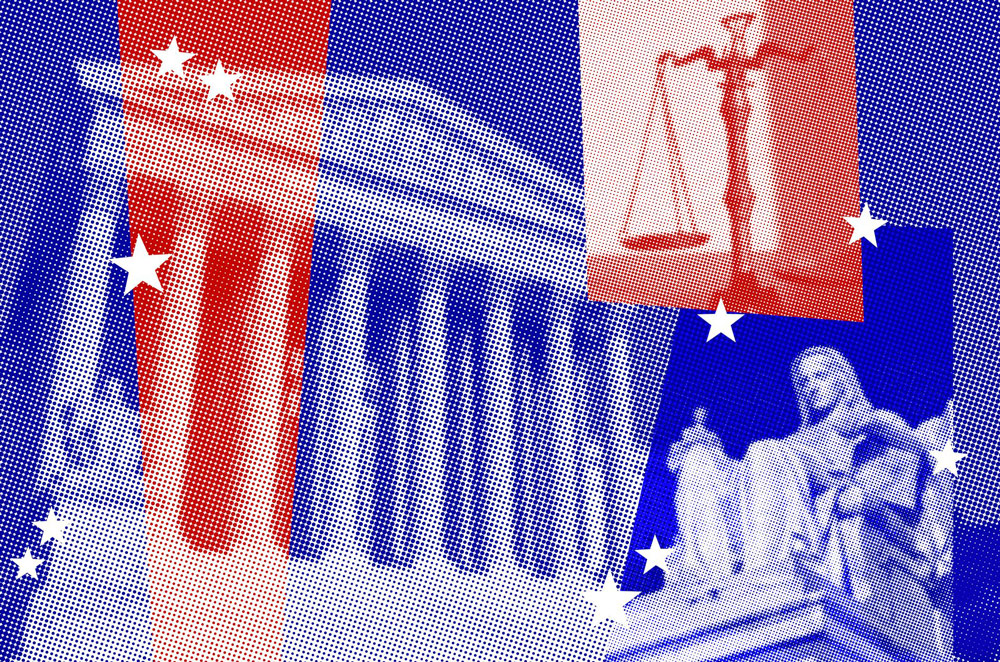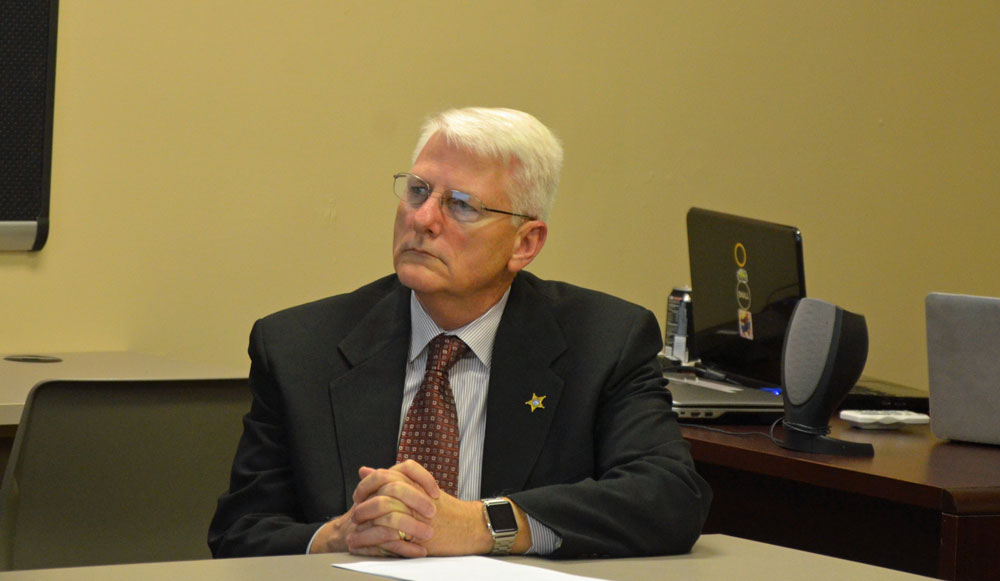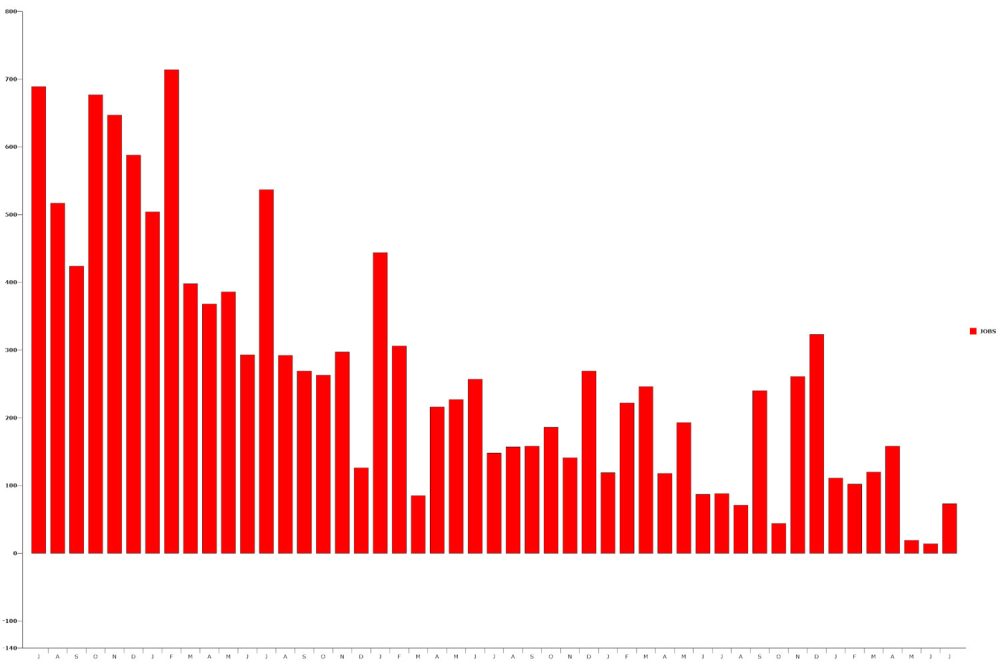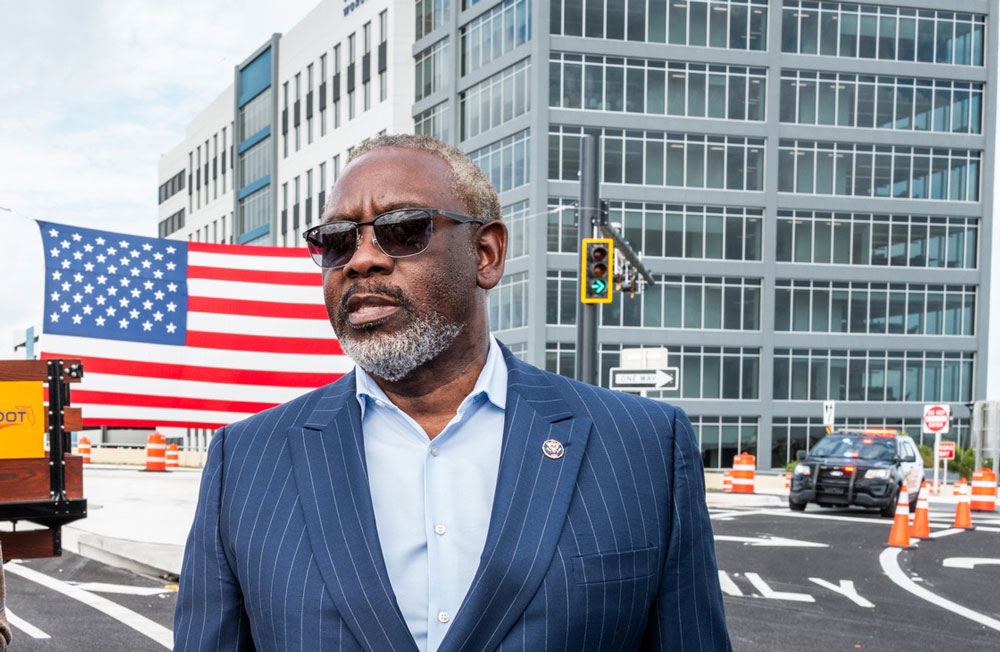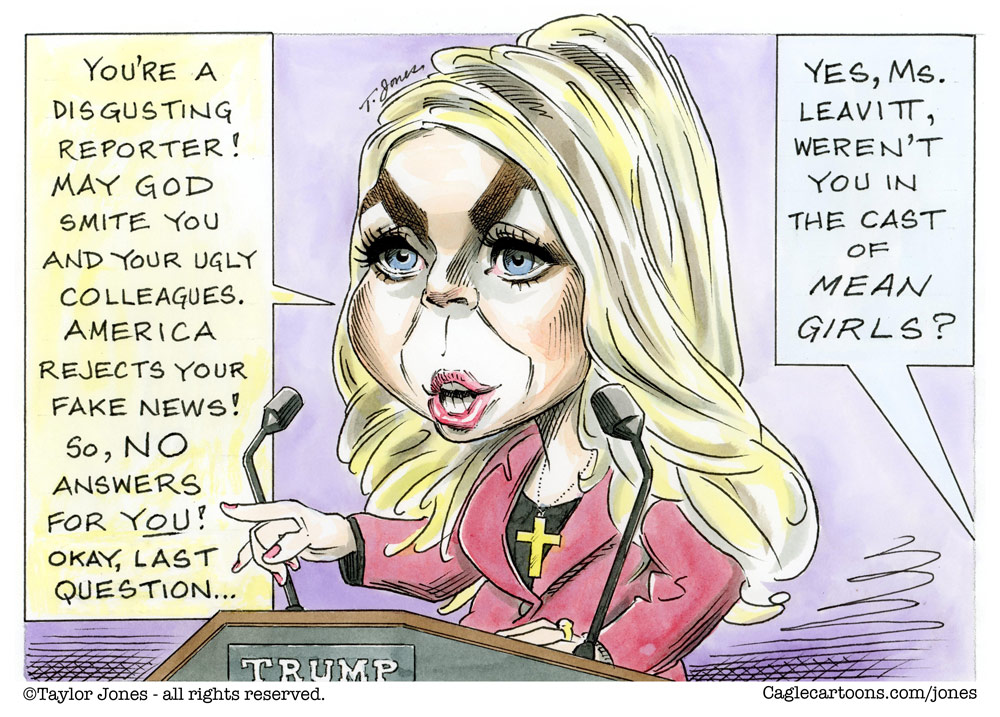By Christopher Krewson and Joshua Boston
Politically contentious matters have always been decided by the US Supreme Court. The justices regularly offer their opinions on the most hotly contested issues facing the nation, ranging from elections to civil rights, from abortion to free speech.
Additionally, political parties and interest groups engage in intense competition over who is appointed to the high court due to the court’s power over national policy.
The news media is usually where the public learns about the court, especially its important rulings and the politics surrounding appointments. While politicians and elected officials directly address their constituents, justices and Supreme Court nominees mostly rely on the news to provide the public with at least a basic overview of the court.
Newspaper coverage of the Supreme Court has evolved recently. We set out to precisely comprehend how media coverage of the court has changed over the past 40 years as researchers of political conduct, judicial politics, and political institutions. In particular, we examined the substance of each Supreme Court-related item published in five major publications between 1980 and 2023.
Of course, there are many different ways that individuals obtain their news, but we have no reason to doubt that the patterns we found in our study of conventional newspapers are not universal.According to research, traditional beat reporters are generally followed by alternative media outlets.
What we discovered: Since 2016, the amount of articles about politics has significantly increased compared to previous years.
When public goodwill prevailed
Few decisions in the last 25 years have been more significant or, from a partisan standpoint, more divisive than Bush v. Gore.the decision in December 2000 that prevented a ballot recount, which led to the election of George W. Bush, the governor of Texas at the time, as president, defeating Democratic contender Al Gore.
Because nine unelected, life-tenured justices effectively determined an election, Bush v. Gore is very intriguing to us.
The court’s public support was surprisingly unaffected, presumably because it had amassed a considerable amount of goodwill from the general people.
Newspaper coverage may be one factor contributing to the stability of popular support after Bush v. Gore.Newspapers mostly disregarded the impact of politics in the court’s decision, despite the fact that it represented the ideologies of the judges, with the more liberal members voting in favor of the recount and the more conservative members effectively voting to halt it.
For instance, the New York Times’ coverage of the case listed the names and votes of the justices but made no mention of their ideological inclinations or the party of the president who selected them. The report of the decision on December 13, 2000, does not use the terms “Democrat,” “Republican,” “liberal,” and “conservative,” which are what we refer to as political frames.
This embodies journalistic coverage of the court as a nonpolitical institution from the 1980s until the beginning of the 2000s. Our research indicates that political frames were rarely employed in court-related news pieces in The New York Times, The Washington Post, The Chicago Tribune, The Los Angeles Times, and The Wall Street Journal throughout that period.
Instead, the public’s predominately held assumption that Supreme Court rulings were nearly entirely grounded in legal principles rather than political preferences was reinforced by newspapers. Support for the court was subsequently strengthened by this idea.
A radically different pattern is revealed by recent press reportage.
A contemporary political court
Reading news about the Supreme Court today would almost certainly give the reader the impression that it is as political as the presidency and Congress.
The average number of political frames per story tripled between 1980 and 2023, according to our data analysis. Politics has undoubtedly always influenced the court’s rulings. Newspapers are now clearly stating that. When this shift happened is the question.
Over time, coverage of the court has progressively become increasingly political in all five of the major media. That is not surprising, given America has been progressively becoming more divided since the 1980s, and this polarization is reflected in the shifts in news media coverage.
Consider the untimely death of Justice Antonin Scalia in February of 2016. Justices have, of course, passed away while on the court. However, Scalia was a conservative icon, and his passing might have caused the court to shift to the left or center.
Following Scalia’s passing, the politics surrounding the selection of his successor were extraordinary.
Merrick Garland’s nomination to the court by President Barack Obama was blocked. Republican Mitch McConnell of Kentucky, the Senate majority leader, stated that the Senate would not consider any nominations until nine months after Scalia’s death, following the presidential election.
Seeing an opportunity, Republican nominee Donald Trump pledged to appoint a conservative justice who would reverse Roe v. Wade to the position. The 2016 election and the judiciary become inextricably linked.
Scalia vacancy changed everything
Newspaper coverage saw a sudden and permanent shift in February 2016. 3.22 political frames were used in a typical story mentioning the court the day before Scalia’s death.
The following day, 10.48.
If we also look at annual changes, we notice an increase in political frameworks. In 2015, newspapers averaged 3.50 political frames per article about the Supreme Court. Then, in 2016, 5.30.
Using a variety of statistical methods to identify enduring framing shifts, we consistently find February 2016 as the moment newspapers shifted to higher levels of political framing of the court. We find the number of political frames in newspapers remained elevated through 2023.
How stories frame something shapeshow people think about it.
If an article frames a court decision asoriginalistan analytical approach that says constitutional texts should be interpreted as they were understood at the time they became law then readers might think of the court as legalistic.
But if the newspaper were to frame the decision as conservative, then readers might think of the court as ideological.
We found in our study that when people read an article about a court decision using political frames, court approval declines. That s becausemost people desire a legal court rather than a political one. No wonder polls today findthe court with precariously low public support.
We do not necessarily hold journalists responsible for the court s dramatic decline in public support. The bigger issue may be the court rather than reporters. If the court acts politically, and the justices behave ideologically, then reporters are doing their job: writing accurate stories.
That poses yet another problem. Before Trump s three court appointments,the bench was known for its relative balance. Sometimes decisions were liberal; other times, conservative.
In June \2013, the court providedprotections to same-sex marriages. Two days earlier,the court struck down part of the Voting Rights Act. A liberal win, a conservative win that s what we might expect from a legal institution.
Today the court is different. For most salient issues,the court supports conservative policies.
Given, first, the media s willingness to emphasize the court s politics, and second, the justices ideologically consistent decisions across critical issues, it is unlikely that the news media retreats from political framing anytime soon.
If that s the case, the court may need to adjust to its low public approval.
![]()
Joshua Boston is Associate Professor of Political Science at Bowling Green State University. Christopher Krewson is Assistant Professor of Political Science at Brigham Young University.
